
Enjoy!

Enjoy!
10 unanswered science questions explained by the greatest minds on YouTube.
How do you get to be one of the greatest minds on YouTube?
From the existence of alien life to the mysteries of the human brain, these are the questions that have stumped the greatest minds on Earth. These are 10 Unanswered Science Questions.
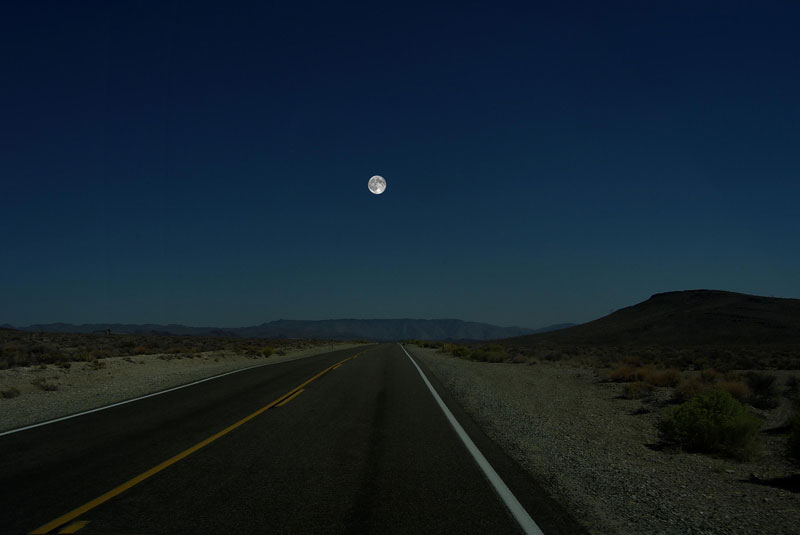
Picture by Ron Miller @ Black Cat Studios
What if a celestial body like Jupiter, the biggest planet in our solar system, was as close to the Earth as our moon? Would it fill the night sky? Illustrator and author Ron Miller sought to answer the question using the reference photograph above.
It’s important to note that this is strictly a visual exercise. If a planet like Jupiter were actually as close to Earth as the Moon, its immense gravitation would wreak havoc on our planet. So for the gallery below, please temporarily suspend your disbelief and just imagine how amazing it would be to see a planet like Saturn in such incredible detail.
For reference, the Moon is about 386,243 km (240,000 miles) from Earth and has a diameter of approximately 3,476 km (2,160 miles). The Earth’s diameter is 12,742 km (7,918 miles)
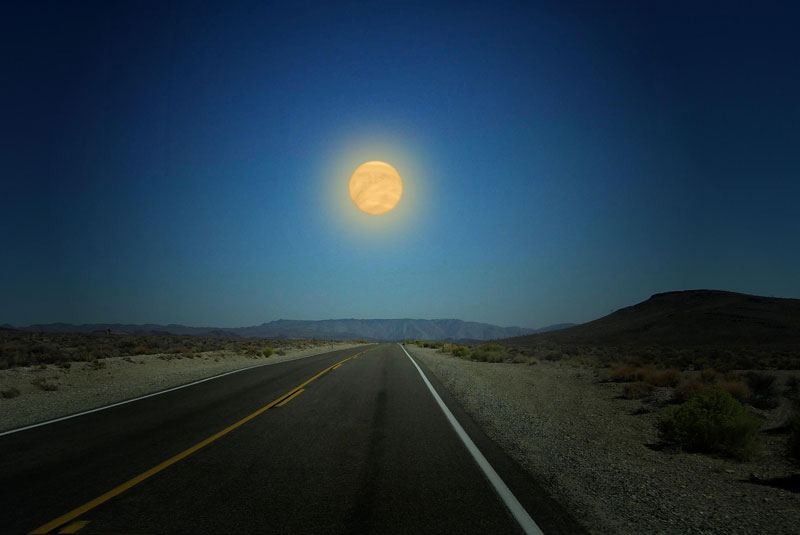
Picture by Ron Miller @ Black Cat Studios
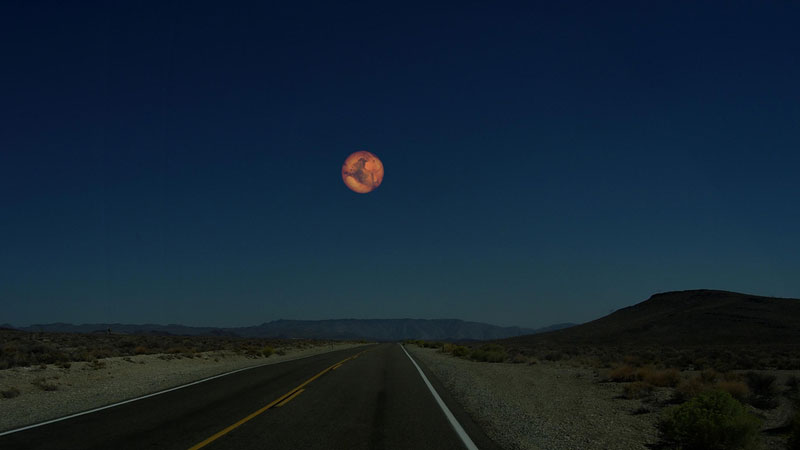
Picture by Ron Miller @ Black Cat Studios
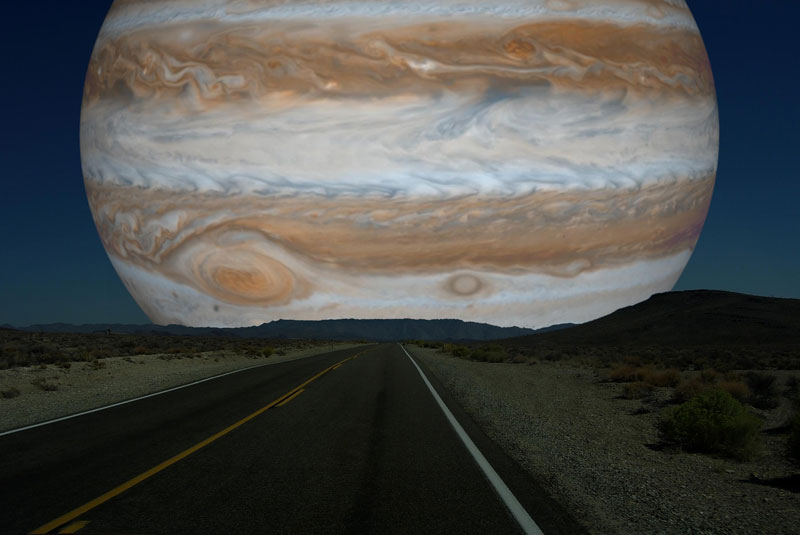
Picture by Ron Miller @ Black Cat Studios
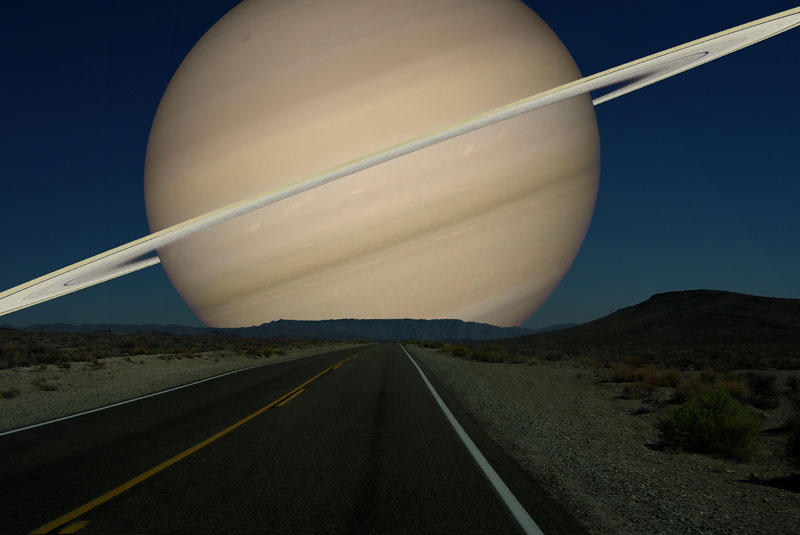
Picture by Ron Miller @ Black Cat Studios
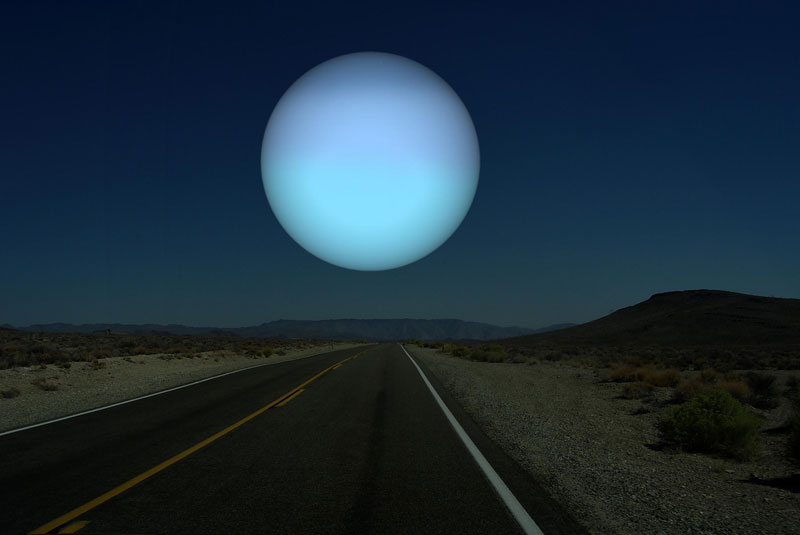
Picture by Ron Miller @ Black Cat Studios
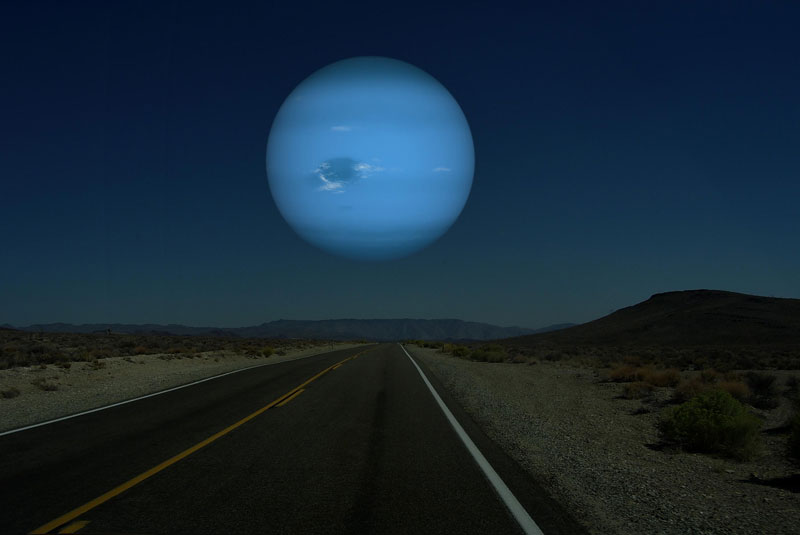
Picture by Ron Miller @ Black Cat Studios
Did you know: you can fit all of the planets in our Solar System in between the Earth and the Moon?
To illustrate the distance between the Earth and the Moon, reddit user PerplexingPotato posted an image that placed the other seven planets in our solar system between them.
Planet Average Diameter (km) Mercury 4,879 Venus 12,104 Mars 6,771 Jupiter 139,822 Saturn 116,464 Uranus 50,724 Neptune 49,244 Total 380,008
The average distance from the Earth to the Moon is 384,400 km. And check it out, that leaves us with 4,392 km to spare.
So what could we do with the rest of that distance? Well, we could obviously fit Pluto into that slot. It’s around 2,300 km across. Which leaves us about 2,092 km to play with. We could fit one more dwarf planet in there (not Eris though, too big).
The amazing Wolfram-Alpha can make this calculation for you automatically: total diameter of the planets. Although, this includes the diameter of Earth too.
Enjoy!
SciShow Space takes to you a world where the night is always dark, the tides are paltry — and the days are only 8 hours long. See how different Earth would be if there were no moon!